Violet Jan-Caprice, details about the variety and sports, features of maintenance and care

Indoor varieties violets so many. If you collect them on one windowsill, the variety of colors of flowers and leaves will dazzle your eyes. The most interesting of this collection of multi-colored pets will, of course, be the Jan-Caprice violet.
Content
- Description of the violet variety Jan-Caprice
- What does the Caprice violet look like in the photo?
- Recommended containment conditions
- Rules of care
- What is the attractiveness of violets Jan-Caprice sport
Description of the violet variety Jan-Caprice
Plant of this varieties very unusual and original. Its flowers are creamy white, decorated along the edge with small greenish, bronze or pink teeth, double or semi-double. Blooms with a cap.
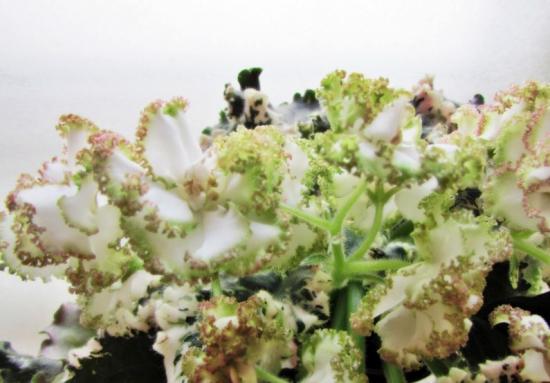
The leaves are variegated, decorated with a white border, curly. Peduncles are erect and strong. One usually produces from 3 to 5 flowers.
Blooms for a long time twice a year. The rosette is neat, beautiful, and usually forms itself.
The leaf plate is glossy, but due to the wavy edges, the impression of velvety is created. On young violets, the variegation of leaves is almost invisible, but as they grow, the velvety light border becomes more and more bright and noticeable. In normal lighting, the leaves seem to hug the pot.
Blooming violet This variety is very harmonious. An openwork bouquet, creamy white, decorated with a greenish, bronze or pink border almost merges with the dark greenery of variegated leaves.
The only plant that can be called a standard is one that has a small rosette and leaves that lie tightly together without gaps.
In good light they “hug” the pot. The flowers are double or semi-double, strongly corrugated along the edge of the openwork petals. On one flower, on different petals, the frills can be of different colors.
What does the Caprice violet look like in the photo?
We can say that this violet not very photogenic. Creamy white flowers with a pleasant greenish fringe along the edge almost blend in color with the leaves.
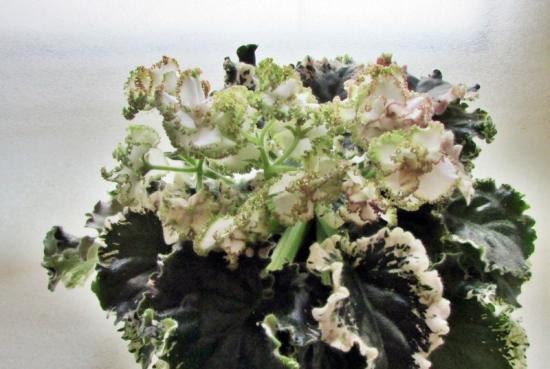
It can even be difficult to see them in the photo. A rosette without flowers looks very beautiful and original. Nevertheless, amateur flower growers are trying to create this whim on their windowsill. As in any other case, there are so many people, so many opinions.
Regarding this variety, there are both disappointed and enthusiastic admirers.
Recommended containment conditions
When growing Jan-Caprice, it is necessary to strictly observe the recommended maintenance conditions specifically for plants of this species.
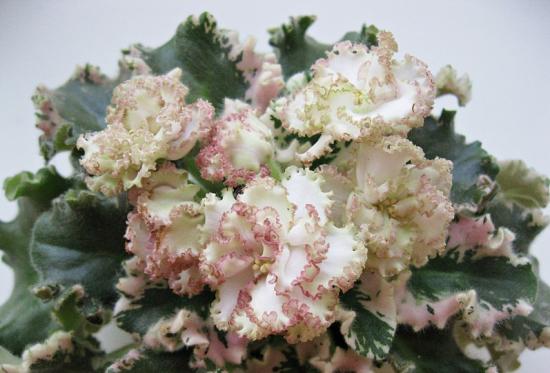
Lighting, soil, pot size, humidity, watering – everything must exactly comply with the recommendations for growing Saintpaulia.
Rules of care
Lighting
The plant needs good lighting, but direct sunlight should not fall on it. The duration of daylight hours is at least 10 hours. During flowering, it is better to add light with a fluorescent lamp.
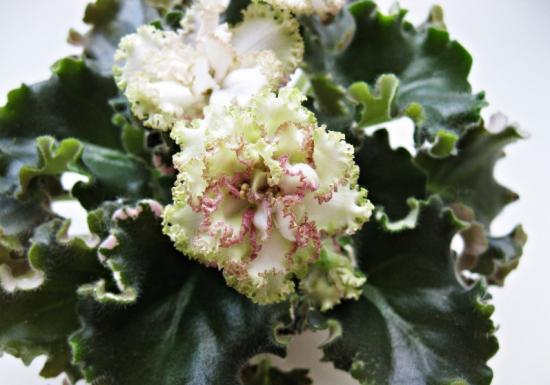
Temperature
It should not be tall, this is especially true for Jan-Caprice. In summer up to + 25, in winter up to + 20 degrees. In a cool place it becomes much brighter, flowers larger, the leaves are richer, the border is clearer.
Priming
Priming you need to use light, store-bought or prepared yourself. When making it, it is important to know that the soil needs to be calcined in the oven.This is done to destroy pest larvae.
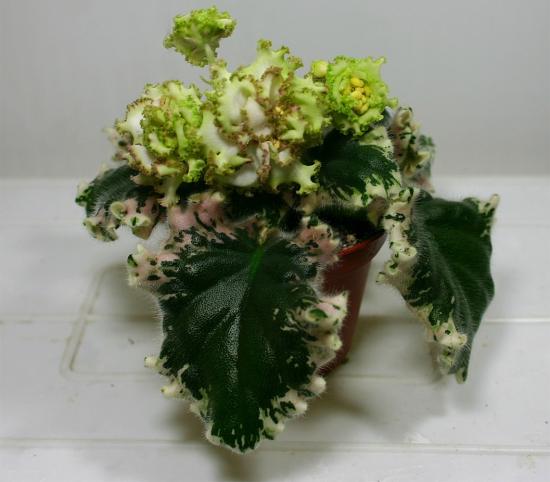
Here is the approximate composition of the soil:
- 3 parts peat,
- dried moss 10% of the total volume,
- 5 parts leaf soil,
- 1 part sand
- 10% coal of the total volume.
Containers for planting
You need to take small ones. The fact is that in a spacious container, Jan-Caprice will not bloom for a long time. Flowers will appear only after the root system has completely occupied the entire volume of soil in the planting container.
The diameter of the pot should be 10–12 cm for an adult plant, and 5–6 cm for a child.
When choosing a pot, experienced flower growers use the following rule: the flower rosette should be 3 times the diameter of the pot.
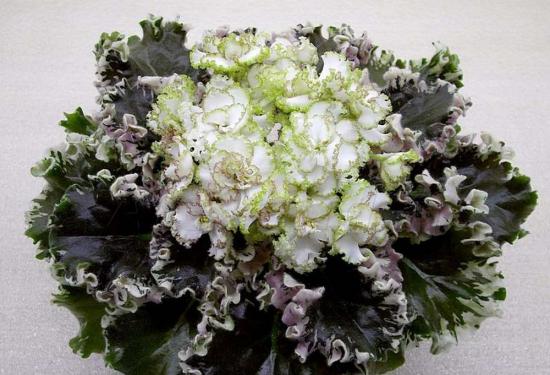
Watering
It is better to water violets from below 1-2 times a week. Lower the pot into a container of water to a quarter of its height. Let it sit for 20 minutes until completely wet. soil, then remove and allow excess moisture to drain.
Pour out excess water from the pan, do not leave it there so that the roots do not rot.
Humidity
Humidity should reach 50 percent. It cannot be sprayed like other varieties of violets. It is better to place a container of water nearby to humidify the air, but flowers need a shower once a month.
After it, the plant needs to be dried, removing moisture from the leaves and growing points using a napkin.

Fertilizer
Feeding is also necessary for Jan-Caprice, but be careful. “Overfeeding” with nitrogenous fertilizers will lead to the fact that the plant will not bloom.
No wonder the title of this violets there is a word "whim". It is not so easy to grow it and wait for it to bloom; it is all the more pleasant to have such a capricious flower in your collection on the windowsill.
What is the attractiveness of violets Jan-Caprice sport
It often happens when growing violets that the plants bloom in the wrong variety.The color of flowers and leaves is noticeably different from the original. This happens because varietal characteristics are not fully inherited.
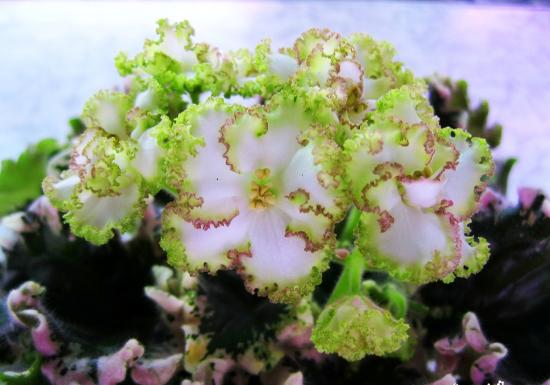
These plants are called “sport”. Of course, flower growers are upset about this, but sometimes the sport looks much better than the variety.
This happened with Jan-Caprice. Some of his sports are even better than his parents.
So no need to be upset when you get a sport instead of a variety.
Perhaps your pet will surpass the variety and become the ancestor of one of the new varieties. And it also needs to be said that if instead of a variety you have a sport, then there is no way to correct this. All that remains is to decide whether to keep it or throw it away.
You will learn more about the Jan-Caprice violet when watching the video:

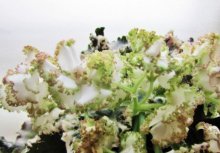
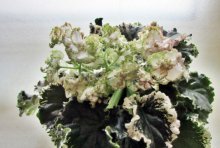
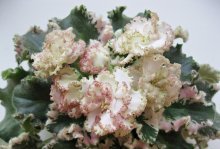
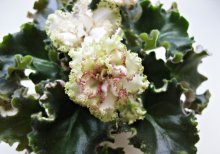
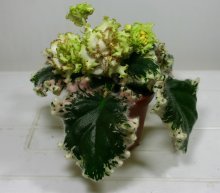
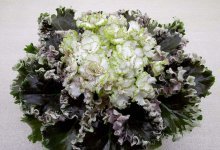
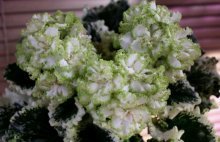
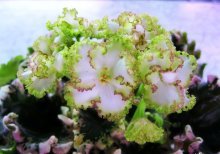
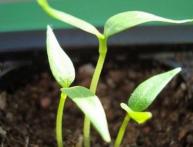
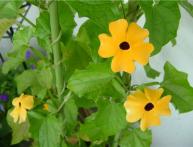
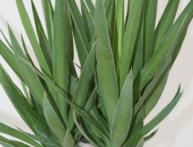
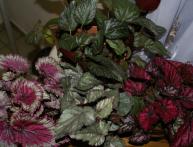
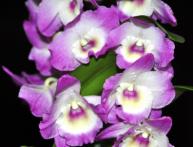
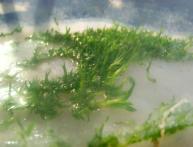
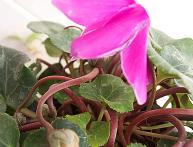
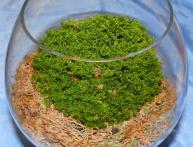
Comments
We like the Jan-Caprice violet and have it on our windowsill along with other flowers (violets). When the flower “gets old” we perform renewal by rooting a leaf. It's comfortable.
A very original and delicate flower, I don’t have one like it yet. But two years ago I bought a Yan-Ruslan violet at an exhibition: it also has leaves with a white edge, and the flowers are double and pale lilac in color.
As I understand it, such a violet also needs to be watered under the bottom? We have violets at home, but they are of a different type, we water them at the bottom, if you water them differently, the flowers will disappear, this is one of the rules.